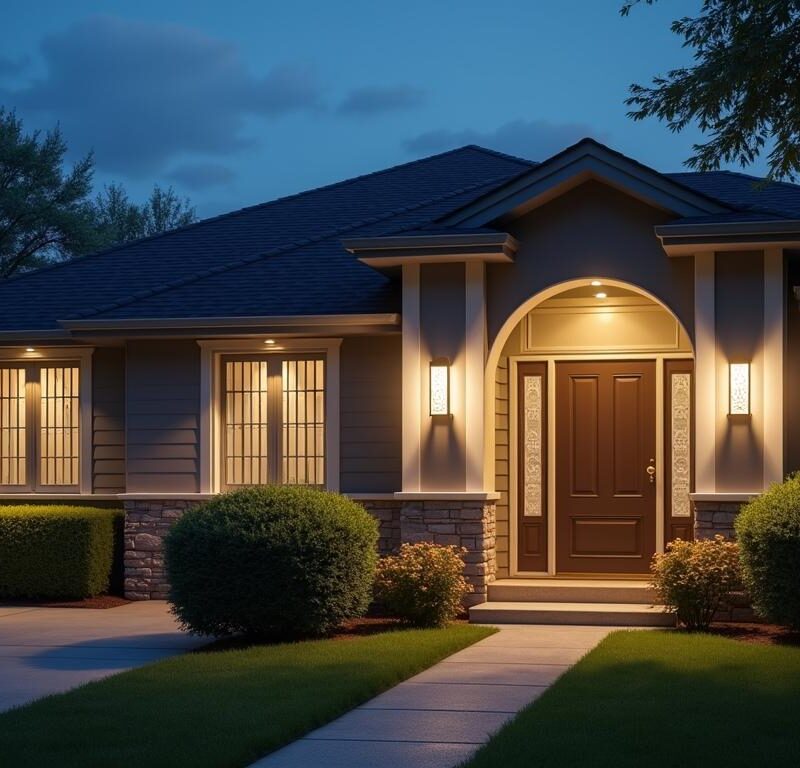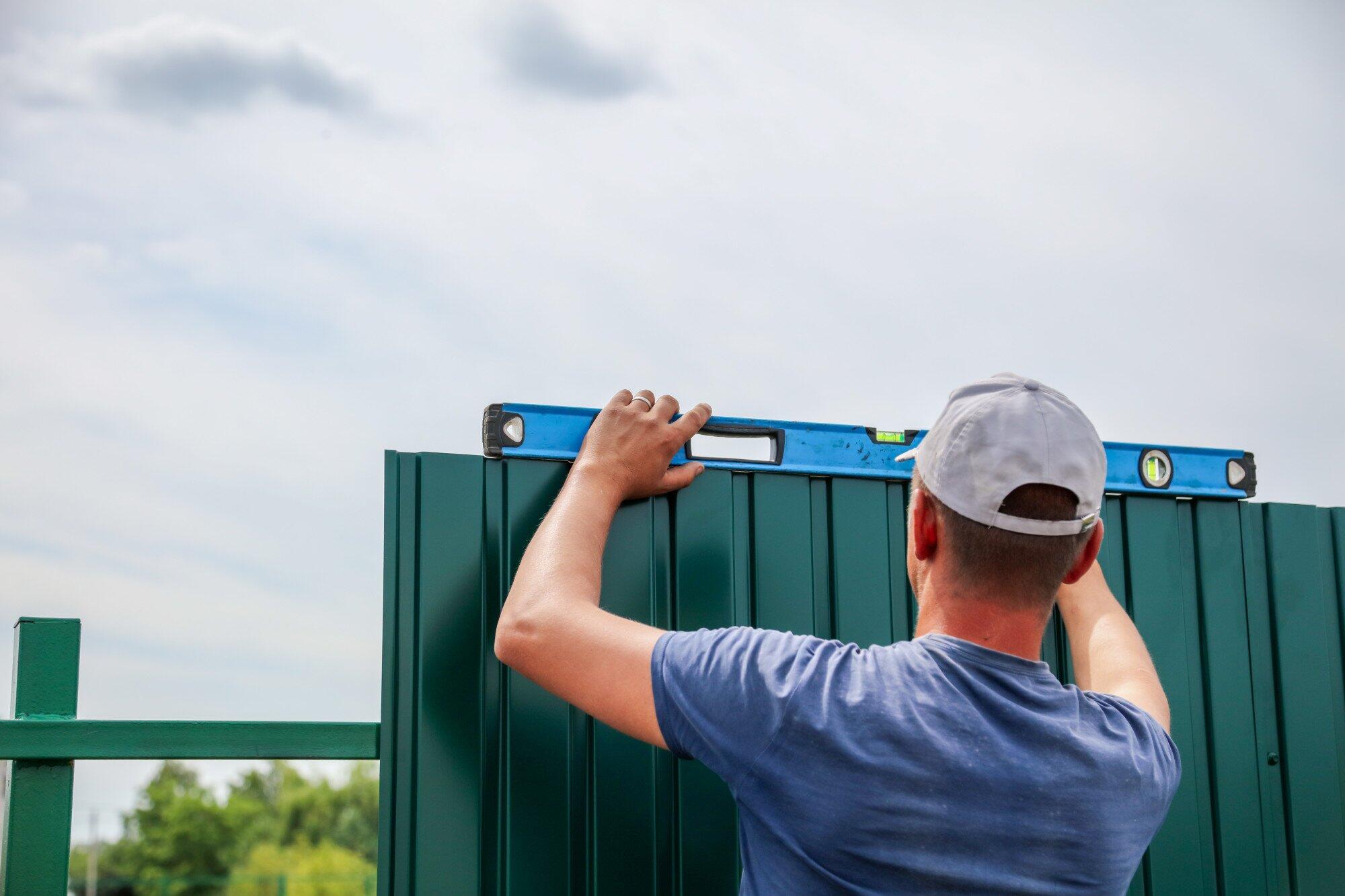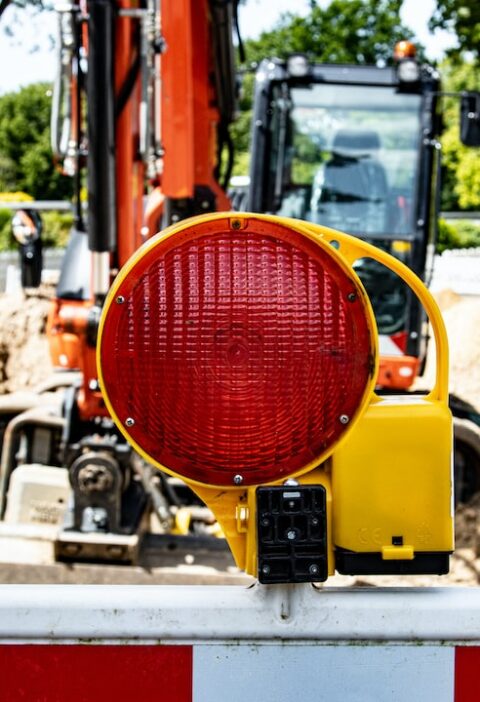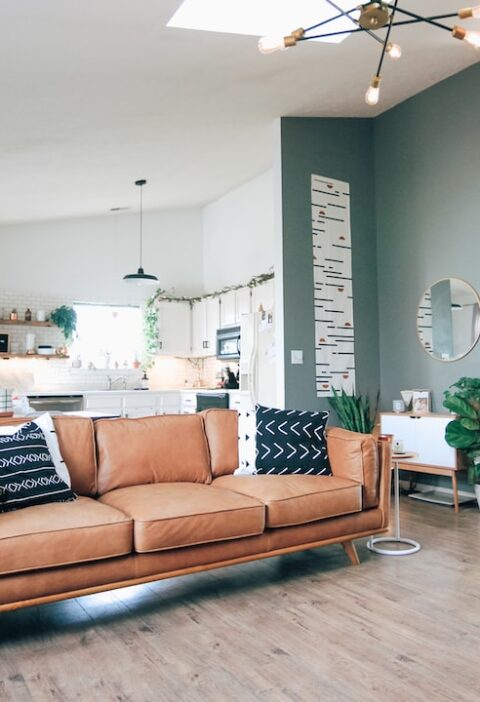Many people seek simple, effective home security upgrades to protect their property affordably. Whether you’re a new homeowner or just hoping to enhance your existing setup, you don’t need to break the bank to feel protected. Many reliable security measures can be added yourself, and they won’t require complicated wiring or professional contractors. The goal is to create a solid first line of defense and build layers of protection where you need them most. Think of it as a combination of smart planning and targeted investments that give you peace of mind for a reasonable price.
The first step is understanding what works for your specific space. Some people live in crowded neighborhoods with plenty of foot traffic, while others may be tucked away in quieter spots. No matter the location, a secure home always starts with solid exterior defenses things like well-lit entrances, sturdy locks, and properly reinforced windows. From there, you can look into easy surveillance options, practical tech tools, and general upkeep habits that discourage potential intruders. If you’re ready to learn more, check out these ideas modeled around budget-friendly home security solutions that genuinely make a difference.
Step Up Your Exterior Defenses
When someone approaches your home, the very first impression matters more than you might suspect. If your driveway, walkway, or porch area is shrouded in darkness, it provides an ideal cover for someone who wants to gain access unnoticed. The same goes for front doors with flimsy locks or windows without any visible reinforcement. By combining lighting improvements, sturdy hardware, and some sensible landscaping, you can dramatically reduce risks right at your home’s entrance.
Improve Lighting for Nighttime Visibility
Outdoor lights are a cost-effective way to discourage potential trespassers. Motion-activated floodlights or even smaller solar-powered lights can be placed around the perimeter, making it difficult for anyone to slip by without drawing notice. Beyond their deterrent effect, good lighting also benefits delivery people and late-night visitors, preventing accidents that come from poorly lit pathways. If possible, pick LED lights with sensors that detect motion or adjusts brightness automatically. These systems typically consume less energy, and they’re more reliable than outdated bulbs that burn out quickly.
Use Landscaping to Your Advantage
Trimming back thick bushes or low-hanging tree branches around windows and doors is an affordable home security strategy that many overlook. Simple yard work can promote visibility and remove common hiding spots. Avoid placing tall shrubs directly under windows, and keep your entryway open so neighbors or passersby can spot unusual activity. This not only enhances safety but generally makes your property look more inviting to welcome guests.
Strengthen Entry Points and Windows
Upgrading locks, adding security bars, or reinforcing your window frames can be surprisingly straightforward. Since most burglars look to enter through doors or windows, focusing on these areas returns some of the best results for the money you spend. In many cases, it comes down to picking the right lock, hardware, or protective film rather than pricey overhauls. The peace of mind that comes from a secure door or window is invaluable.
Consider High-Quality Deadbolt Locks
Not all locks are created equal, and installing a robust deadbolt as your primary barrier is one of the best home security upgrades you can make. Look for a deadbolt that extends deeply into the door frame, rather than relying on a short throw or decorative latch. Some brands offer features like drill-resistant cylinders or reinforced strike plates, which can add another layer of protection. While these can cost a bit more than generic options, the ripples of security they offer are worth the small difference in price.
Reinforce Your Windows with Film or Bars
Windows can be the most vulnerable point of entry if not properly secured. A layer of security film can help the glass hold together if struck, slowing intruders and reducing the risk of a quick break-in. It’s minimally invasive, relatively inexpensive, and preserves your view. For basement or ground-level windows, simple security bars or grid patterns may be worth considering. Although these solutions sound old-school, modern designs can blend in better with a home’s style.
Add Simple Surveillance Where It Matters
Sometimes, just having a visible camera mounted near a front door or porch can deter individuals looking for easy targets. Surveillance doesn’t have to be pricey or elaborate. Even budget-friendly home security cameras can catch key activity around your property. Ultimately, it’s about covering main entryways, driveways, and other high-traffic zones to keep track of who is coming and going.
Choose Indoor and Outdoor Cameras Wisely
Indoor cameras help you keep tabs on what happens inside while you’re away, and outdoor cameras provide a crucial deterrent. You can find cameras now that connect through Wi-Fi and send alerts to your phone if they detect motion. Some come with two-way communication, letting you address a visitor (or intruder) remotely. If you have a limited budget, placing one reliable camera at the main entrance can still be hugely beneficial.
Make the Most of a Doorbell Camera
A doorbell camera not only shows you who’s there but also records footage if someone lingers too long. This can be especially helpful if packages regularly arrive when you’re out. Many doorbell cams can be installed without advanced wiring, using battery packs or existing doorbell setups. The sense of security offered by being able to see visitors before opening the door cannot be overstated. It’s especially practical for families with children who answer the door.
Practical Tech Tools on a Budget
Electronic security systems used to be costly, with lengthy contracts and installation fees. That landscape is changing, making it easier for you to adopt technology without overspending. Mobile apps and wireless connectivity have brought a wave of options, including alarms, sensors, and monitoring services that fit into most budgets. It’s all about deciding which combination of devices delivers the most value for your situation.
Low-Cost Alarms and Sensors
If a full-scale alarm panel seems too complicated or expensive, smaller standalone alarm units are a great alternative. A basic door or window sensor that produces a piercing sound once triggered can disrupt any attempted break-in. These devices are often sold in multi-packs, making them an easy investment for covering multiple entry points. They can be installed in minutes, and many run on batteries that last for months or even years.
Smart Home Integration for Peace of Mind
Plenty of people already have a voice assistant or hub device at home, so why not add security features to your existing setup? Small door and window sensors can be synced with apps that alert you instantly if something is opened when it shouldn’t be. You can also add smart plugs or light switches that give the impression you’re home by turning lights on and off when you’re away. This strategy works especially well for travels or late nights out.
Regular Upkeep and Neighborhood Awareness
Security isn’t a one-time fix; it’s an ongoing practice that relies on both maintenance and observation. Regularly checking locks, trimming landscaping, and ensuring that all your devices are in working order will keep everything functioning effectively. At the same time, being aware of what’s happening in your local community can play a pivotal role in stopping issues before they escalate.
Maintain Locks and Hardware
Even if you install the finest deadbolts or window latches, they won’t serve you well if they aren’t maintained. Check for rust or loose screws in your door frames, especially after tough weather changes. Lubricate locks so they turn smoothly and can’t be forced by an intruder. If you have security cameras, clean the lenses occasionally and ensure that any wiring or batteries remain functional.
Connect with Neighbors and Local Groups
Community support often acts like a no-cost home security system. Neighbors who look out for each other can spot suspicious activity far quicker than a house relying on technology alone. Joining local social media groups or neighborhood watch gatherings gives you an extra set of eyes, creating a shared sense of responsibility and cooperation. Sometimes a simple text message or neighborly check-in can slip under the radar of a potential trespasser, alerting you sooner than any sensor.
Make Your Home Look Occupied
A property that seems vacant for long stretches can become an attractive target for opportunistic burglars. Conversely, a home that looks lived-in at various hours indicates that someone could return at any time. Brighter lights at night, a well-maintained yard, and cars cycling in and out of the driveway all send a message that someone is keeping watch. There’s no need to shell out big bucks to create this illusion.
Timers and Randomized Lighting
Smart plugs or basic timers can turn lamps on and off to simulate daily routines, even if you’re not actually home. This kind of small-scale automation helps hide patterns that thieves might notice. It also helps you avoid wasting energy by leaving lights on constantly. A few strategic lights that switch on in different rooms can give the impression of natural movement through the house.
Keep Up Appearances
Even inexpensive ways to secure your home can involve a bit of tidiness. Letting newspapers pile up or ignoring your mailbox for too long is a dead giveaway that nobody’s around. Have a neighbor pick up your mail or park their spare vehicle in your driveway if you’re gone. This small cooperation can reduce any obvious signs that your home might be vacant.
Think Like a Burglar
No one enjoys imagining a break-in, but looking at your home from an intruder’s perspective can be revealing. Walk around your property and note any weak points where you’d try to force your way in. Ask yourself which window looks the easiest to break or which door might be overlooked by passersby. Once you find these vulnerabilities, decide which affordable fixes would best address them. Sometimes it’s as simple as swapping out a flimsy lock or adding an extra bracket to a basement hatch.
Surprisingly, this mindset helps you figure out if your security efforts are paying off. When you’re familiar with every nook and cranny, you’re less likely to leave an easy opening for someone else to exploit. It also gives you a chance to test your discussions with family or anyone else in the home, so they know exactly what to do if something seems amiss. You don’t need alarm bells on every door if you can reduce the obvious pathways for a burglar. A layered approach lights, sturdy doors, secure windows, cameras creates a bigger barrier.
Keep Adapting as You Go
Once you’ve made some of these upgrades, keep checking in. Technology evolves quickly, but so do the tactics of intruders looking for shortcuts. A doorbell camera that was cutting-edge a couple of years ago might have advanced updates now, optimizing what you already set up. The essential point is to remain flexible and to treat home security as a gradual, ongoing project. New solutions often arise, and older methods remain strong if consistently maintained.
By staying proactive and mixing in sensible improvements, you’ll keep costs lower while still feeling protected wherever you call home. When lights, locks, cameras, and daily habits line up, they create a much safer environment for everyone. It all begins with making informed choices and prioritizing the right areas. Start small, observe the improvements, and build upon them as your needs evolve. Emphasizing affordability doesn’t mean sacrificing reliability or style. Instead, it creates a strong foundation for a secure and comfortable life.







